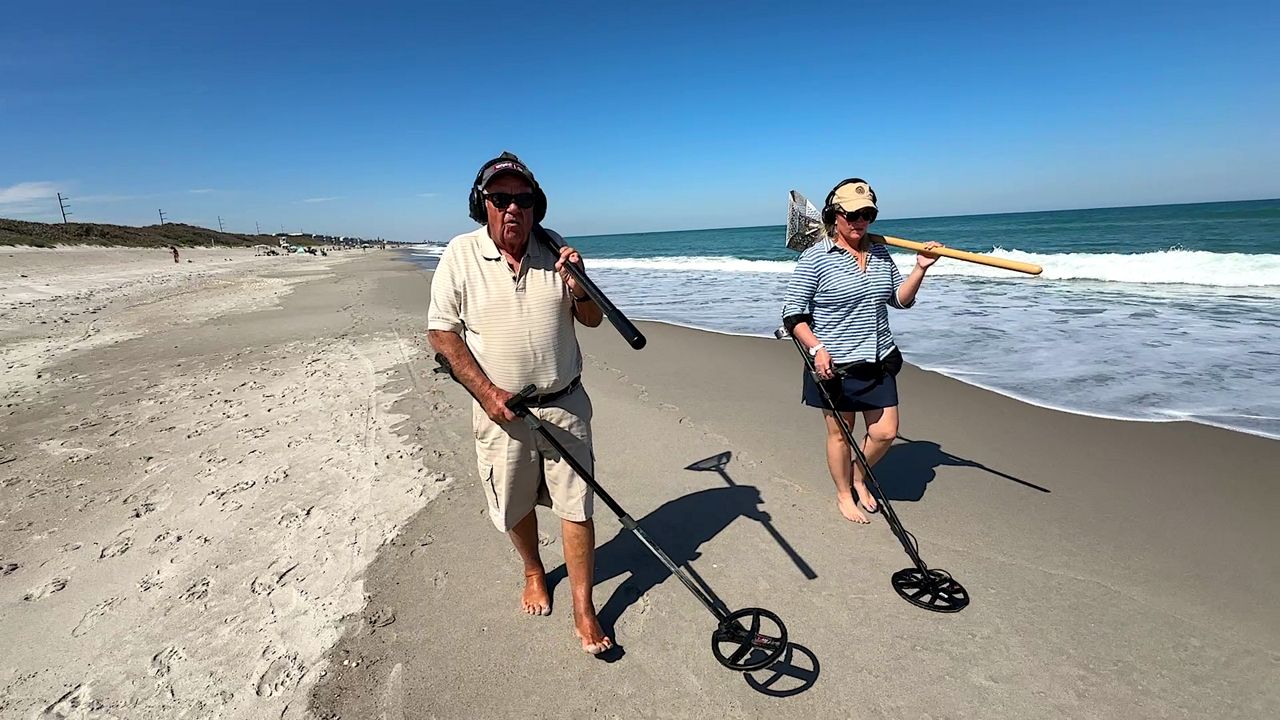BREVARD COUNTY, Fla. — Electric vehicles such as Teslas, Chevy Volts and Polestar are having a moment, and their numbers are increasing each year in the Sunshine State.
So Florida officials are looking for ways to make sure that this style of driving can be supported for everyone, whether their daily routine includes driving only to or from work or if they are on a road trip.
What You Need To Know
- The number of electric vehicles in Florida is increasing
- Florida is estimated to receive $198 million to expand its EV charging capability
- Funds will be distributed by FDOT over five years
- The money is part of the $7.5 billion for EV frameworks in the Infrastructure and Jobs Act
Florida is estimated to receive $198 million of the $7.5 billion allocated to build out the nation’s electric-vehicle (EV) charging framework in the recently passed federal Infrastructure and Jobs Act.
The state’s share of the pot of funds will be doled out over five years, according to a Florida Department of Agriculture and Consumer Services (FDACS) spokesperson.
The Florida Department of Transportation will be in charge of distributing the funds, but the specific allocations have yet to be determined. Late last year, FDACS partnered with the Central Florida Clean Cities Coalition, Inc. to create an executive report dubbed the Florida Electric Vehicle Roadmap that examines the current status of EV charging within the state and breaks down who is driving EVs and where.
“Our EV Roadmap is the first of its kind in Florida, and I hope that the Florida Department of Transportation uses it to help determine the distribution of funding from the infrastructure law,” FDACS Commissioner Nikki Fried said.
Four basic types of charging ports are referenced in the report:
- Home Level 1
- Home Level 2
- Public Level 2
- DCFC (direct current fast charges)
According to a survey of EV drivers, 74% said they charge at home 75%-100% of the time. Put another way, 27% of the 532 people who responded to the survey said they use a Home Level 1 charger most often, and 54% said they mostly use a Home Level 2 charger.
One example of the DCFC stations across Florida are the Tesla supercharging stations that can bring a car up to the desired charge as quickly as 15-20 minutes or faster, depending on how depleted the battery is at the time.
Of the public-use charging stations, Florida has 3,907 Level 2 charging plugs and 844 DCFC plugs, according to the report. Tesla chargers serve “roughly half of the EVs in Florida,” the report indicates.
“There is enough DCFC to meet charging demand until 2025, and enough Level 2 chargers exist throughout the state to meet infrastructure needs for the next 10 years,” according to the report.
Florida needs to tackle the “misconception” that the state is not ready to support widespread use of EVs with a statewide education effort, according to the report. The campaign also could help EV users better utilize the electric vehicle supply equipment (ESVE) already installed in the state.
The paper noted that location is a key factor and offered suggestions on where EVSE could go to help those along an evacuation route in the event of a natural or manmade disaster.
Because of the increasing demand for EVs, the report’s authors said that it’s difficult to “accurately forecast infrastructure needs beyond a three-year timeframe,” so it recommends revisiting the topic before 2023.
Crafting the roadmap took input from dozens of groups going back to 2019, including several EV enthusiast clubs, like Space Coast EV Drivers.
Brenna Kaminski and Josh Pritt started that club after moving to Brevard County from Huntsville, Ala., where they started a similar group. They bought their first EV, a Chevy Volt, in 2011.
The group got what was probably its best mix of types of EVs at its most recent group meetup on Dec. 5. Members said having a wide variety of public input on expanding the EV infrastructure is important.
“I would hope that some of this money will go to charging in communities where right now there's no charging or in communities where it's apartments, condos - like high density areas,” Kaminski said. “That's where we're going to need a lot of this money to go into.”









